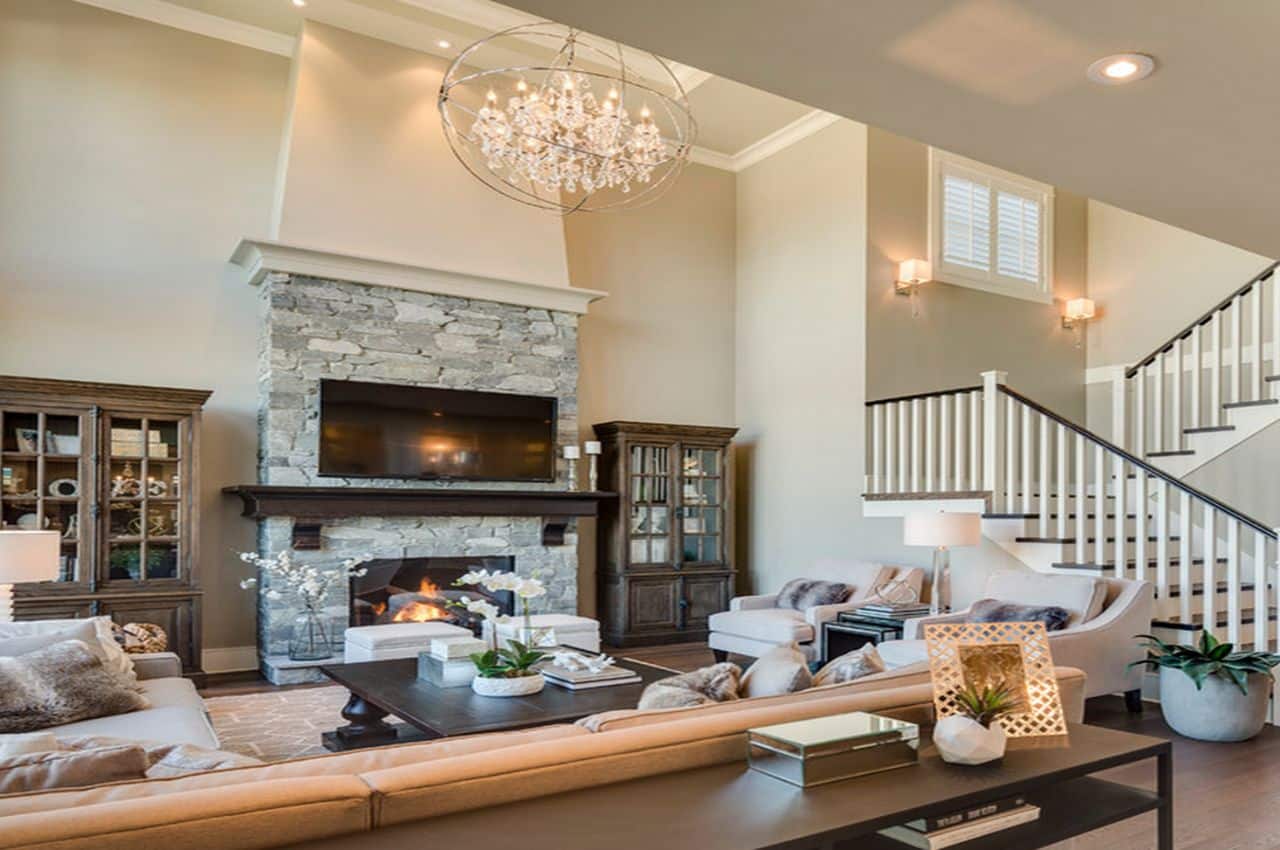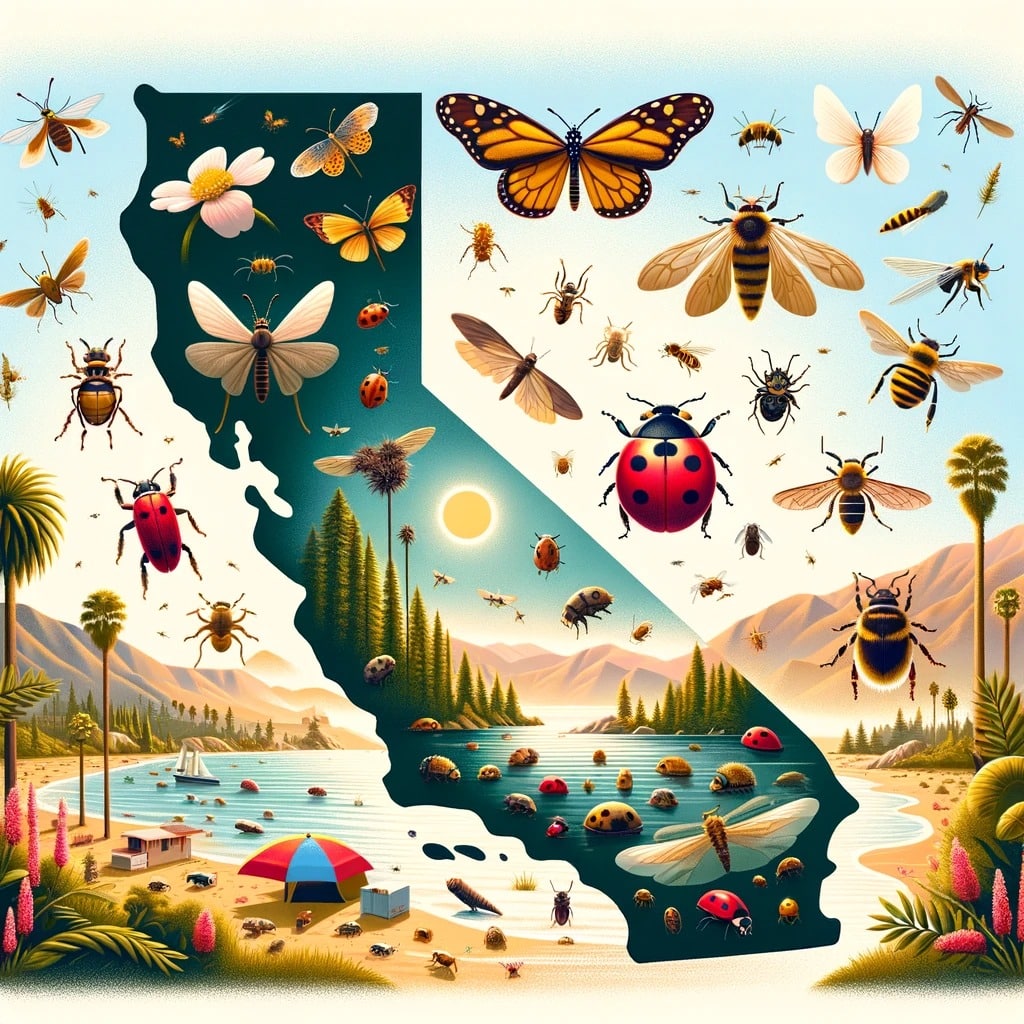Dealing with a full-blown pest infestation can be a property manager’s worst nightmare. It disrupts tenants, damages property, and can quickly escalate into a costly and time-consuming ordeal. This guide delves into why adopting a proactive approach through a pest control maintenance plan is not just a wise choice, but an essential strategy for effective property management.
Don’t let pests take over your home! Act now and schedule a professional pest control service to get rid of unwanted guests.
The Fundamentals of Pest Control Maintenance
A pest control maintenance plan goes beyond the occasional call to exterminators when a problem arises. It’s a comprehensive approach involving regular inspections, preventive treatments, and immediate action when necessary. Such a plan typically includes scheduled assessments of the property to identify potential risks, regular treatments to prevent infestations, and swift, targeted action at the first sign of trouble.
The core idea behind this plan is prevention. By maintaining constant vigilance against pests, property managers can avoid the worst-case scenarios that come with large infestations. Regular maintenance not only helps in early detection but also keeps the pest population at bay, reducing the likelihood of significant outbreaks. Additionally, these plans are often tailored to the specific needs of the property, considering factors like location, type of building, and historical pest activity.

Fast Fixes. Happy Residents.
Proactive vs. Reactive Pest Control: A Comparative Analysis
Comparing proactive and reactive approaches in pest control reveals significant differences in effectiveness and efficiency. A proactive strategy, embodied by a maintenance plan, focuses on preventing pest problems before they become severe. This approach is akin to a routine health check-up, where potential issues are identified and addressed early, keeping the property healthy and pest-free.
Conversely, a reactive approach involves waiting until a pest problem is noticeable before taking action. By then, the situation often requires more drastic measures, which can be disruptive and expensive. For instance, a severe termite infestation might require evacuating parts of a building, extensive repairs, and hefty extermination costs. Furthermore, reactive responses can damage a property’s reputation, leading to unhappy tenants and potential financial losses.
The proactive approach also aligns with the long-term goals of property management. Keeping a property pest-free enhances its value and attractiveness to current and potential tenants. It demonstrates a commitment to high standards of care and maintenance, contributing to tenant satisfaction and retention.
Check out our post about Long-Term Property Management.
Pest Control Maintenance Plan: Key Elements
An effective pest control maintenance plan should encompass several key elements to ensure comprehensive coverage and protection. First and foremost is regular inspection, which forms the foundation of any proactive pest strategy. These inspections, carried out by experienced professionals, are crucial in identifying potential vulnerabilities and signs of early infestation.
Following inspections, tailored treatments and preventive measures are applied. These might include perimeter treatments, baiting systems, or specific measures targeting known local pests. Regular treatments act as a deterrent to common pests and reduce the chances of large-scale infestations developing.
Another critical element is immediate response to emerging issues. When pests are detected, quick action can contain and eliminate them before they have a chance to spread. This responsiveness is a vital component of the maintenance plan, ensuring that minor problems don’t turn into major crises.
Documentation and reporting are also integral to a successful maintenance plan. Detailed records of inspections, treatments, and any pest activity provide valuable data that can help in refining the approach over time. This historical record is essential for understanding long-term trends and effectiveness, allowing for adjustments to the plan as needed.

Pest Control for Property Renovation
Property renovation offers an ideal opportunity for integrating pest control measures, both as a preventive and corrective strategy. During renovations, hidden pest problems often come to light, such as termites in the woodwork or rodents in the walls. Addressing these issues during the renovation process is more efficient and cost-effective than tackling them afterward. Moreover, preventive measures like sealing cracks, installing barriers, and treating wood can be seamlessly incorporated into the renovation, setting a solid foundation for future pest control.
Proactive pest control during renovation not only addresses current issues but also helps in preventing future infestations. By implementing pest-resistant materials and designs, property managers can significantly reduce the likelihood of pests reappearing. This approach is particularly important in areas prone to specific pests, ensuring long-term protection and peace of mind for both property managers and tenants.
Implementing a Pest Control Maintenance Plan
Developing and executing a successful pest control maintenance plan involves several key steps. It starts with a thorough assessment of the property to identify current pest problems and potential risk areas. This assessment should be conducted by experienced pest control professionals who can offer insights into the specific challenges of the property.
Once the assessment is complete, the next step is to design a customised plan that addresses the identified needs. This plan should include a schedule for regular inspections, types of treatments, and specific actions for different types of pests. Communication with tenants is also crucial, ensuring they are aware of the plan and their role in supporting it.
Effective implementation also requires choosing the right pest control service. Property managers should look for providers with experience in managing similar properties and a track record of effective pest control solutions. Regular reviews and updates to the plan are necessary to ensure its continued effectiveness, adapting to any changes in the property or pest patterns.
Cost-Benefit Analysis of Pest Control Maintenance
Understanding the financial implications of pest control maintenance plans is vital for property managers. While there is an upfront cost associated with these plans, the long-term savings can be substantial. Reactive pest control methods, required in the absence of a maintenance plan, often incur higher costs due to the severity and urgency of the infestations. These emergency treatments, along with the associated repair costs and potential loss of rental income, can quickly surpass the expense of a regular maintenance plan.
Furthermore, a well-maintained property with a professional pest control plan can command higher rental prices and attract quality tenants. It also helps in avoiding costly legal liabilities that can arise from pest-related issues. Investing in a maintenance plan is, therefore, not just a cost-effective strategy but also a value addition to the property.
Pest Control Plans: A Necessity for Property Managers
Regular pest control is an essential component of effective property management. It safeguards the structural integrity of the property, ensures compliance with health and safety regulations, and maintains the property’s aesthetic appeal. A comprehensive pest control plan also enhances tenant satisfaction and retention, as it directly impacts their living environment.
Moreover, property managers have a legal obligation to provide a safe and habitable environment. Pest infestations can lead to violations of health codes and tenant rights, resulting in legal repercussions and damage to the property’s reputation. By implementing a regular pest control maintenance plan, property managers can fulfil their legal responsibilities and protect their investment.
Monitoring and Evaluating Pest Control Effectiveness
A critical aspect of any pest control maintenance plan is the ongoing monitoring and evaluation of its effectiveness. This process involves not just regular inspections by professionals but also tracking key indicators such as the number of pest incidents reported, the severity of infestations, and tenant satisfaction levels. These metrics provide valuable insights into the success of the plan and highlight areas that may need adjustment or improvement.
Evaluating the effectiveness of a pest control plan also involves staying updated with the latest pest control technologies and methods. This ensures that the plan remains effective against evolving pest behaviours and environmental changes. Regular meetings with pest control providers can facilitate this, ensuring that the property’s pest control needs are being met with the most current and effective strategies.
Educating Tenants on Pest Control Best Practices
The success of a pest control maintenance plan is not solely the responsibility of the property manager or the pest control service. Tenants play a crucial role in this endeavour. Educating tenants on best practices for pest prevention can significantly enhance the effectiveness of the plan. This includes information on proper food storage, waste disposal, and reporting of pest sightings.
Communication with tenants can be achieved through regular newsletters, informational meetings, and postings in common areas. Encouraging tenants to report pest issues immediately is crucial for early detection and swift action. Involving tenants in this way not only helps in maintaining a pest-free environment but also fosters a sense of community and shared responsibility for the well-being of the property.
Conclusion
For property managers, the choice between a proactive and reactive approach to pest control can make a significant difference in the overall health and value of their properties. A pest control maintenance plan is not just a preventive measure; it’s a strategic investment in the property’s longevity and reputation. With regular monitoring, evaluation, and tenant involvement, these plans can effectively safeguard properties against the myriad challenges pests present.
So, take the step towards smarter property management. Review your current pest control strategies and consider how a comprehensive pest control maintenance plan can benefit your properties. Reach out to pest control professionals today to discuss tailored solutions that meet your specific needs. Remember, when it comes to pest control, proactive always beats reactive.





